Planting Mint Cuttings in 2025: Easy Step-by-Step Guide for Lush Growth
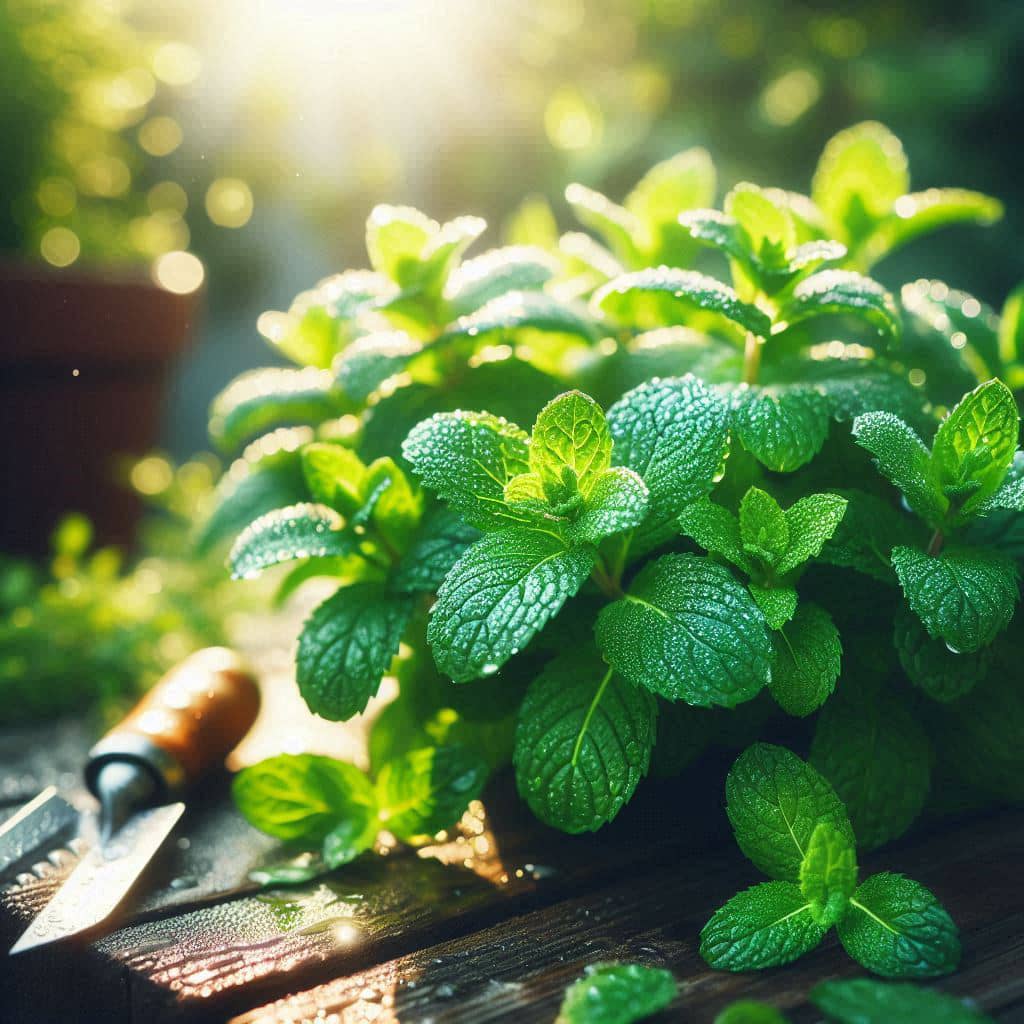
Are You Prepared to Grow Mint Like an Expert?
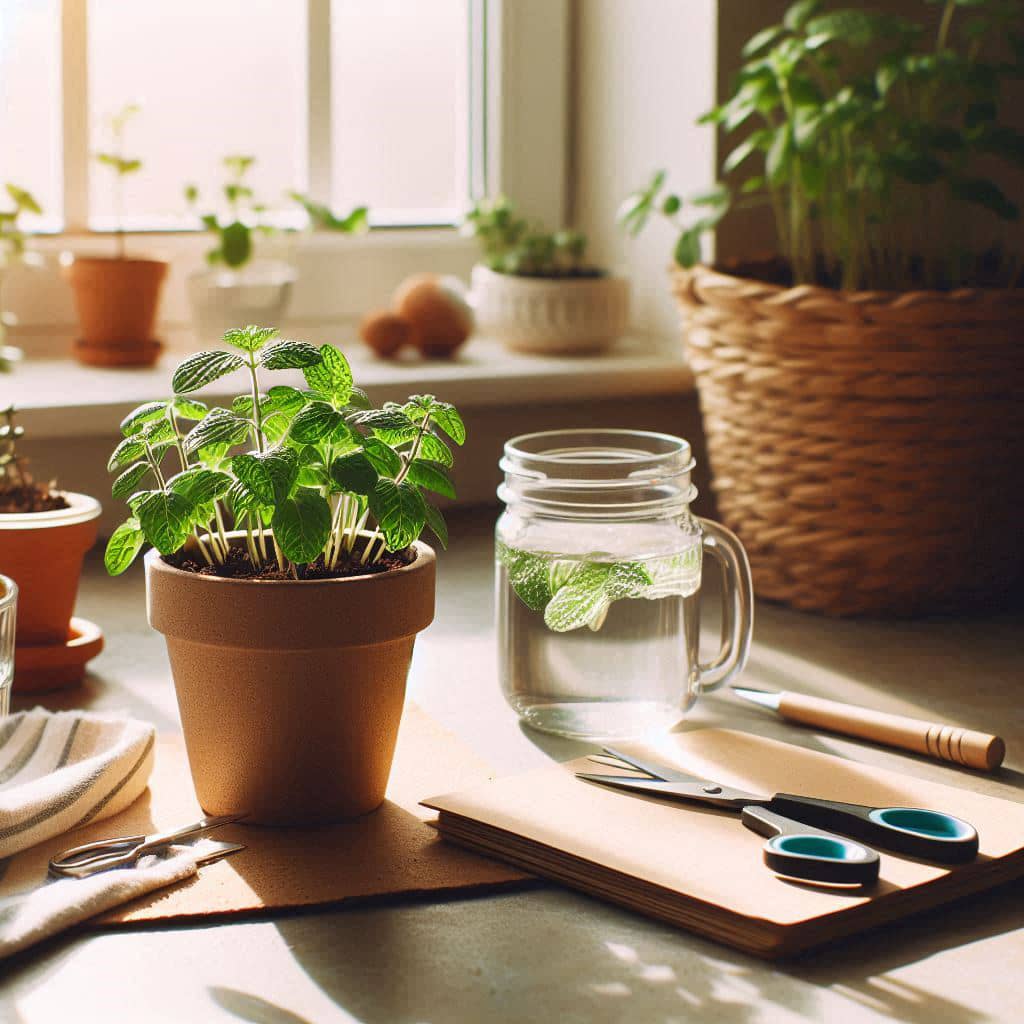
One of the simplest herbs to grow without seeds is mint, in case you were unaware. Indeed! You can have a flourishing mint patch in your kitchen or backyard from a single healthy stem. Planting mint cuttings is your quick fix, whether you want to grow a lush tea garden, expand your herb collection, or just enjoy the cool scent.
With the help of this guide, you can grow mint from cuttings in two easy ways, steer clear of common pitfalls, and maintain year-round plant health and productivity. I promise you that nothing is more fulfilling than gathering fresh mint from your own garden to flavor tea, smoothies, or summer cocktails.
Why Opt for Planting Mint Cuttings Instead of Seeds?
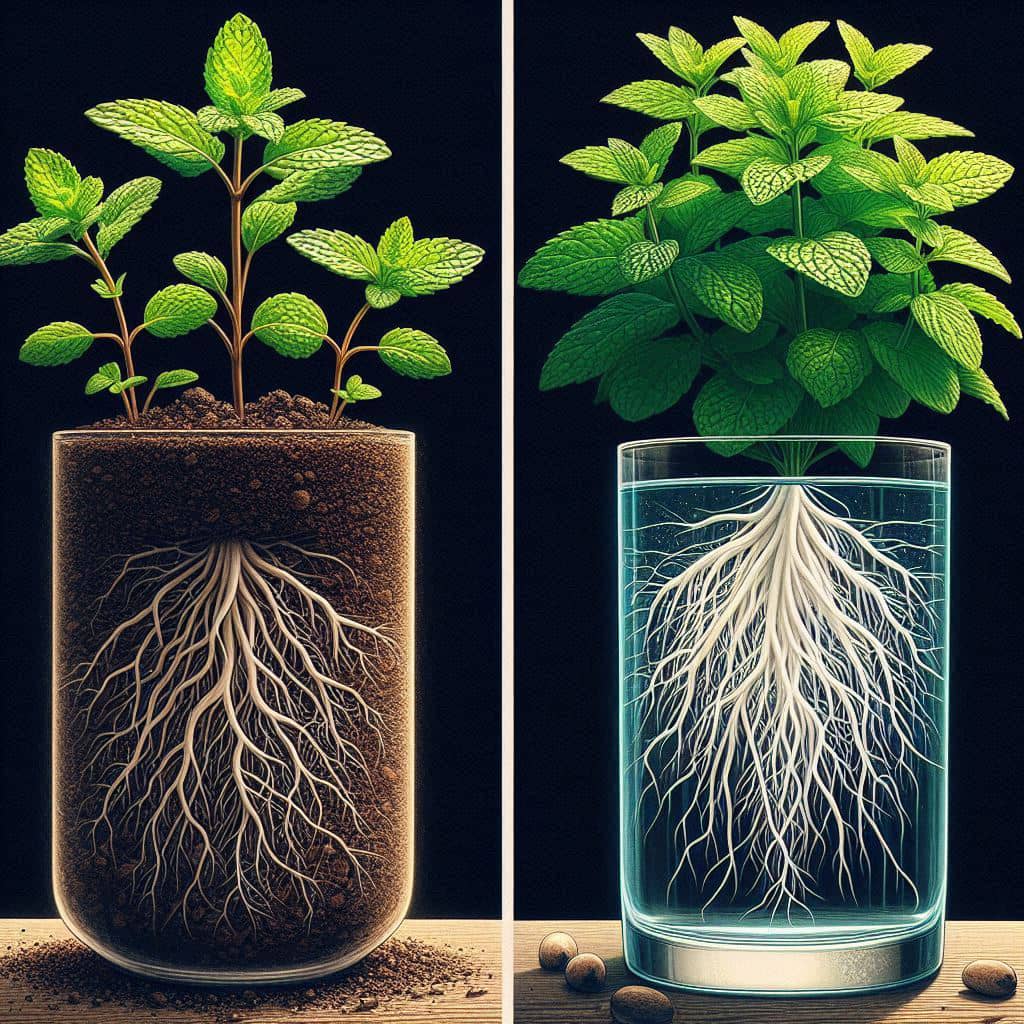
Growing mint from seeds can be unpredictable and slow, as anyone who has tried it knows. This is because seeds might not yield viable plants or even a consistent flavor. But with cuttings:
- The strength, flavor, and aroma of the parent plant are all exactly the same.
- Cuttings take root far more quickly than seeds do.
- It’s inexpensive, and you can even use mint from the store!
- It works with a variety of mints, including chocolate mint, peppermint, and spearmint.
🧰 Equipment and Supplies Required
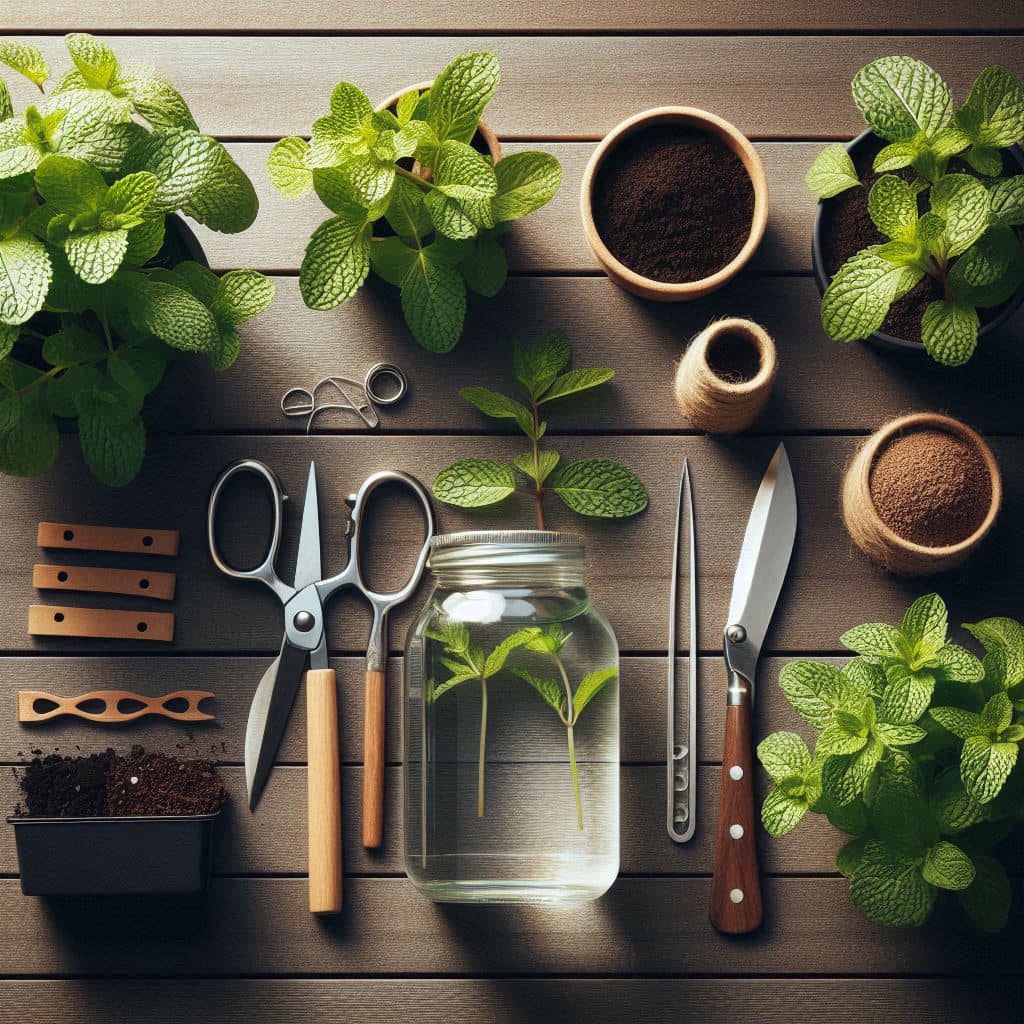
Before you start, collect these necessities:
- Healthy, fresh mint sprigs, ideally without flowers.
- Garden shears or sharp scissors
- A propagation tray or tiny glass jar
- Potting soil that drains well
- Rooting hormone (not required)
- Pure water
- Sunny spot (for beginners, indirect sunlight works best)
When it comes to propagating herbs, having the appropriate tools is crucial. Simplicity is essential when it comes to mint.
✂️ How to Properly Use Mint Cuttings
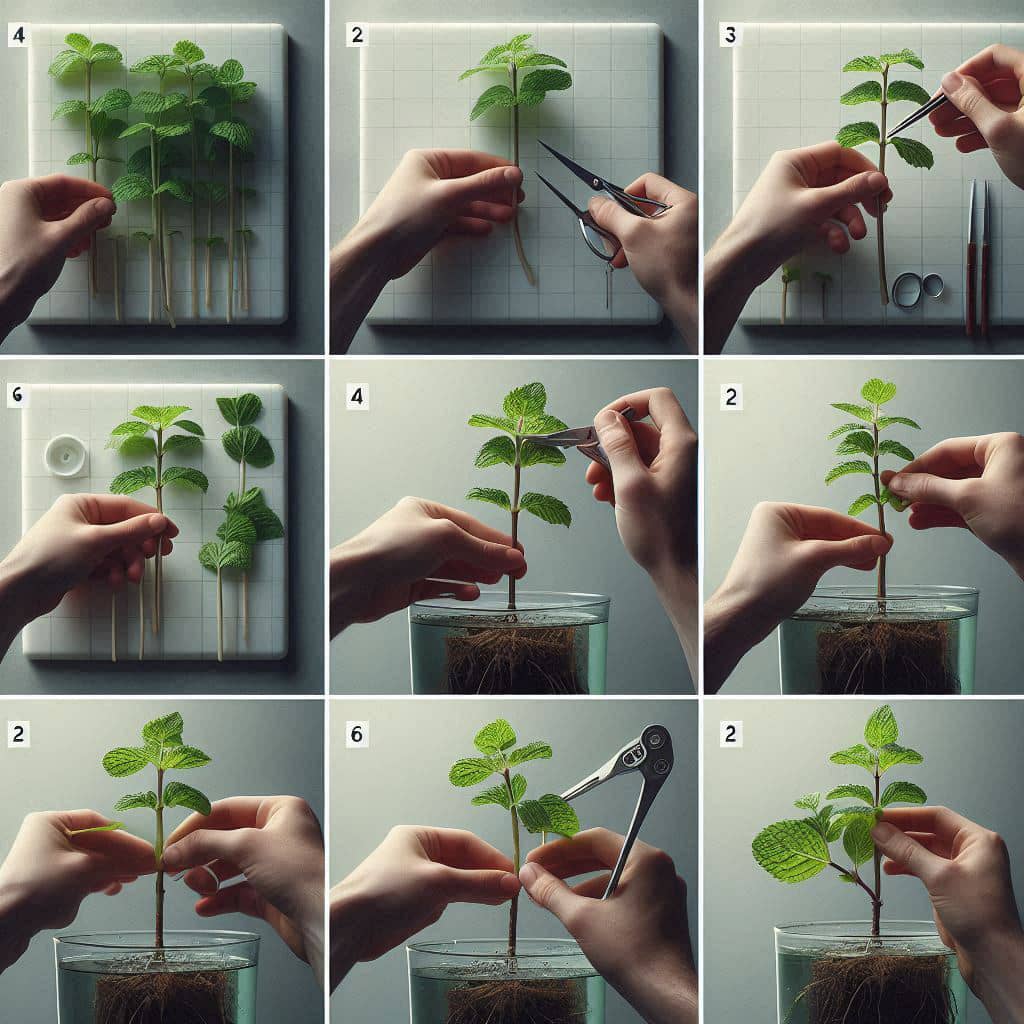
- Select a robust stem that is 10 to 15 cm long, free of flowers and yellowing.
- Make a cut directly beneath a node, which is where leaves emerge from the stem.
- Take off the lower leaves, leaving some on top.
- Submerge the cutting in moist soil or in a glass of water.
Cuttings of mint root quickly, particularly when growing conditions are favorable in the spring or early summer.
💧 Soil or Water? Two Simple Techniques for Propagation
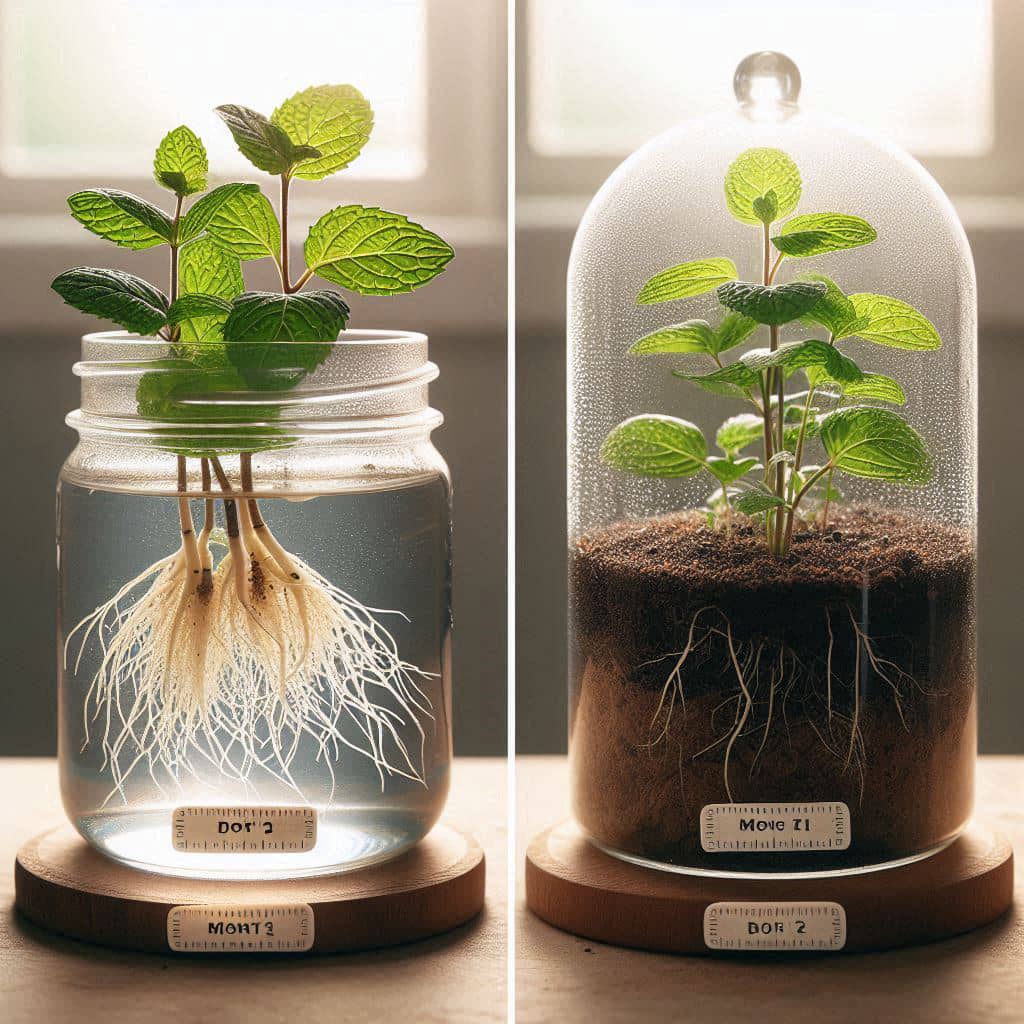
1. The Water Method
If you want to see the roots grow, this method is ideal.
- Make sure the lower nodes of the cutting are submerged when you place it in a jar of water.
- To prevent bacteria or mold, change the water every two to three days.
- The jar should be placed out of direct sunlight and in a bright area.
- Usually, roots emerge in five to ten days.
2. The Soil Approach
More practical if you wish to postpone transplantation.
- Apply rooting hormone to the cut end (optional).
- Place in potting soil that is moist and drains properly.
- To preserve humidity, cover with a dome or plastic bag.
- Place in indirect sunlight and mist frequently.
Both techniques are effective, but if you want to move your mint into raised beds or containers, soil propagation frequently produces stronger roots.
🪴 Mint Cutting Transplantation: Indoor vs. Outdoor
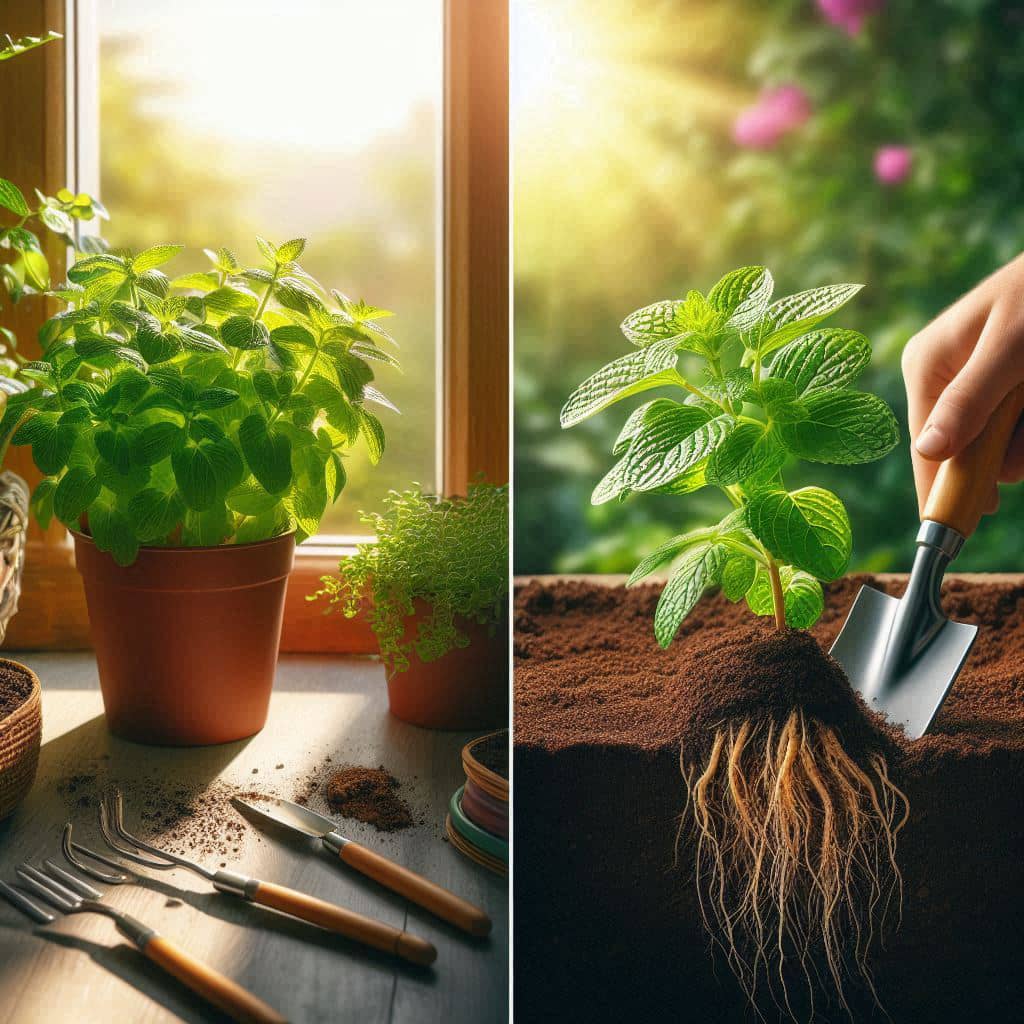
It’s time to plant when your cuttings are at least 5 cm long and have rooted!
- Select a raised garden bed or a container with drainage holes.
- Fill with organic matter-rich, loamy, well-aerated soil.
- To prevent crowding, place each plant 12 to 18 inches apart.
- After transplanting, give the soil a thorough watering and maintain a constant moisture content.
⚠️ Important: Mint spreads quickly and can overtake neighboring plants, so don’t plant it directly in garden beds without barriers.
🌞 After Transplanting, How to Take Care of Mint Plants
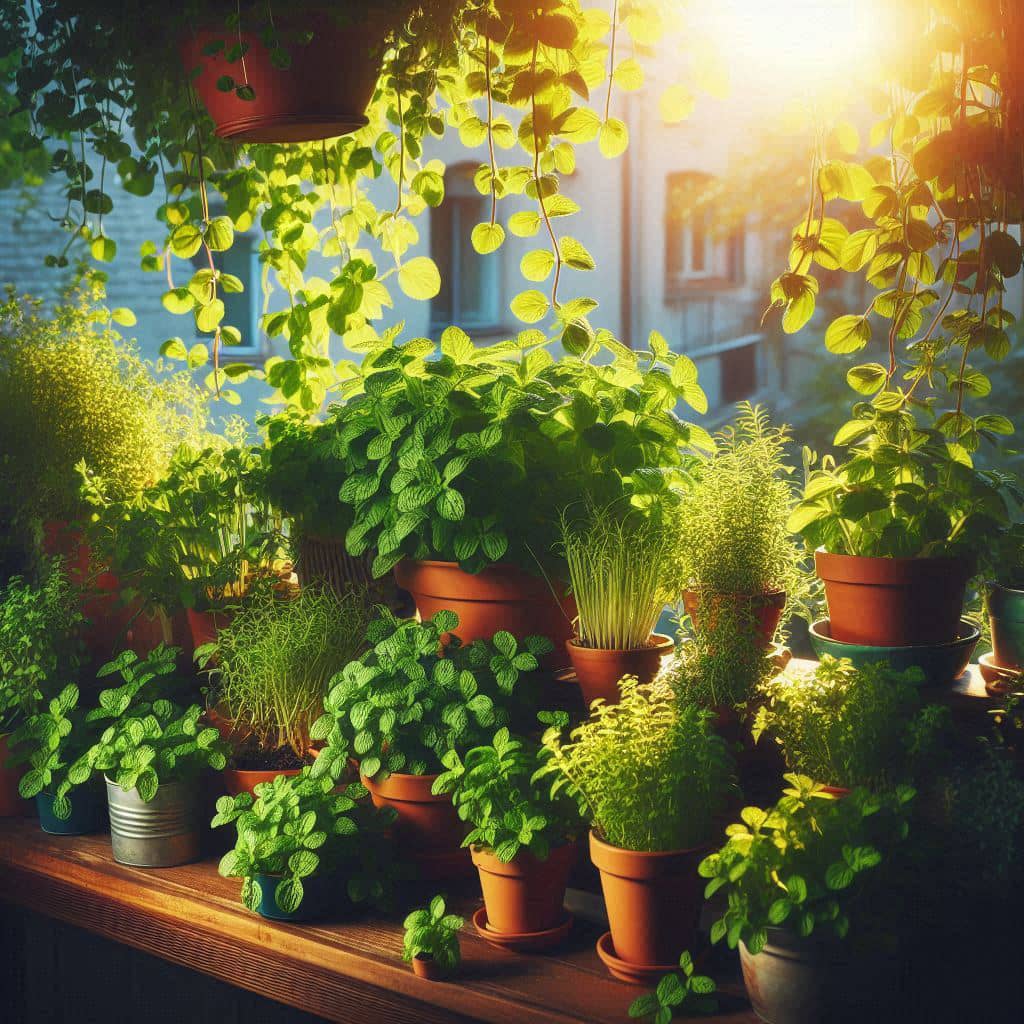
Once mint cuttings are planted, your focus switches to ensuring robust, healthy growth:
- Put it somewhere that receives 4–6 hours of indirect sunlight every day.
- Water frequently, particularly when it’s dry.
- To encourage bushy growth, harvest leaves frequently.
- To limit spreading, trim back runners.
- Look for pests that prefer mint leaves, such as spider mites or aphids.
Place your mint under a grow light or next to a sunny window if you’re growing it indoors.
♠️ Typical Errors to Avoid
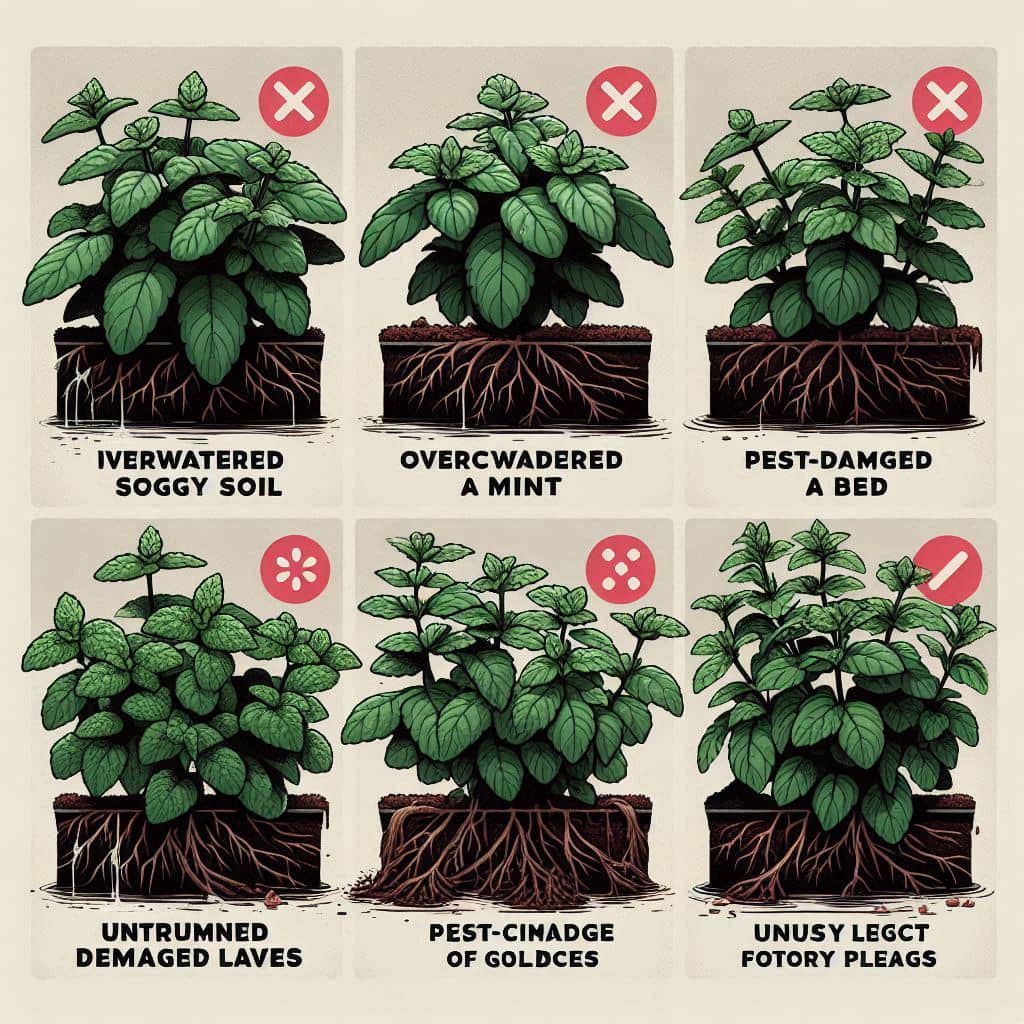
- Overwatering: Mint prefers moisture to soggy ground.
- Without drainage: Soggy soil leads to root rot.
- When planting in open garden beds: Make use of controlled areas or pots.
- Ignoring pruning: Results in tall, lanky plants.
- Ignoring pests: Mint is resilient but not impervious to pests.
A rich, tasty harvest depends on avoiding these errors.
🌟 Final Thought: Create Your Own Mint Jungle!
Mint cuttings grow like magic, which is one of the simplest gardening secrets you’ve just discovered. You can have an endless supply of this cool herb with just a glass of water, a sunny window, and a little attention. Fresh mint will always be available, whether you’re using it to make teas, mojitos, or to add some zing to your food.
Take that cutting, follow these instructions, and begin growing mints right now. Additionally, keep in mind that the entire herb garden becomes yours once you master mint! 🌿
